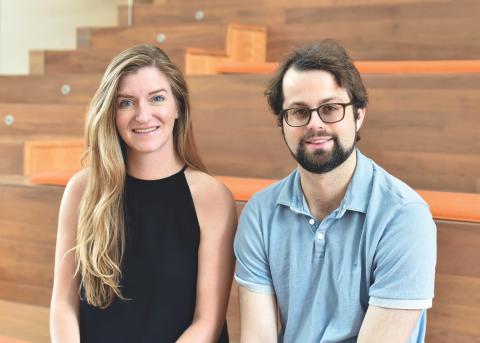
The world of science fiction is full of cautionary tales that chronicle the consequences of tinkering with the human genome. The movie Gattaca explored the societal effects of genetic choice, imagining a world that had divided humanity into those considered worthy of success and those banned from it because of their “inferior” nature. In Star Trek: Deep Space Nine, it was discovered that a character had undergone a genetic therapy to boost his intelligence, a procedure outlawed when genetic engineering was banned after the Eugenics Wars. These stories and a multitude of others portray the dangers, often deadly, of “playing God” with what nature intended for humans. But in the real world, genetic modification in some form or another has been practiced for millennia, for example, through selective breeding and artificial selection. When Gregor Mendel conducted his experiments on peas more than 150 years ago, he inspired the new field of modern genetics, which led, ultimately, to experiments designed to understand and improve the human genome. Over time, technological advances have challenged society’s belief systems and raised ethical concerns, spurring public debate over ideas that once seemed confined to fiction.
The latest disruptive technology to take aim at our genetic makeup is known as CRISPR: Clustered Regularly Interspaced Short Palindromic Repeats. Discovered in the 1980s and initially dismissed as “junk DNA,” CRISPR has emerged as a tool with the power to eradicate disease, and it is transforming scientific research throughout the world.
Continue reading here
